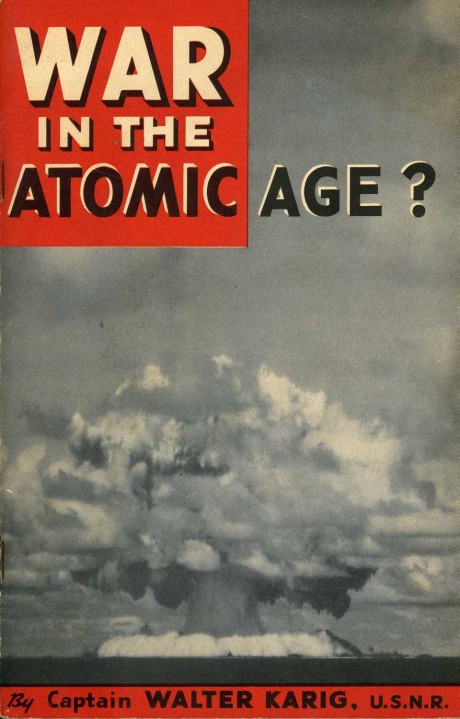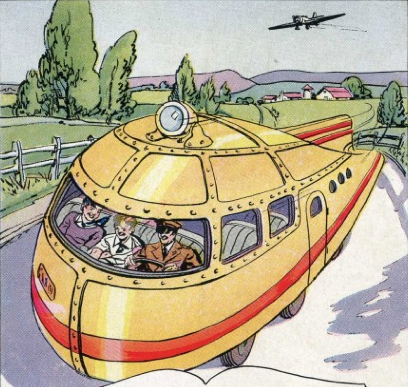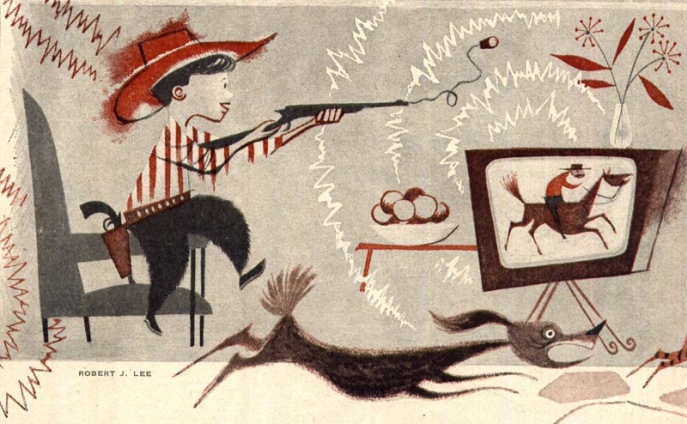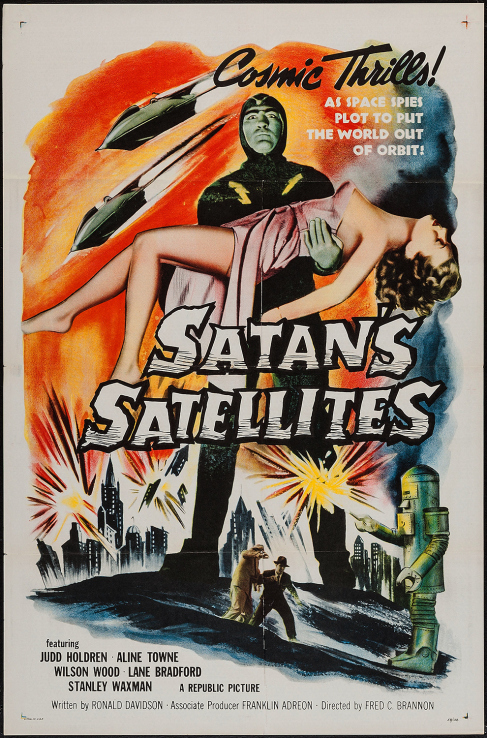German Engineering.
Those words have traditionally conjured up thoughts of quality and creativity. During the period of the Third Reich, physicists, scientists, and engineers were encouraged to stretch their imaginations and develop things that had previously been only dreamed of in science fiction.
While most people are familiar with the works carried out at the The Peenemünde Army Research Center – the birthplace of modern rocketry and spaceflight – very few people are aware of other areas of technological research that had been in progress during that time. A very hushed bit of technological history is the part where the United States and the Soviet Union obtained a wealth of information and designs while pillaging after the fall of the Third Reich. Much of that technological information was incomplete as the scientists and engineers attempted to either hide or destroy it in order to keep it from the victors’ hands.
Because the U.S. required German know-how in order to further develop these technologies the government instituted the now well known Operation Paperclip in which more than 1,500 German scientists, engineers, and technicians were brought to the United States from Nazi Germany and other countries for employment in the aftermath of World War II. The celebrated rocket scientist, Wernher von Braun, was one alumni from this class. A number of researchers contend that the big UFO phenomenon in the late 1940s and particularly in the 1950s was the result of projects originating at a remote detachment of Edwards Air Force Base within the Nevada Test and Training Range officially referred to as Restricted Area 4808 North (R-4808N) – popularly known as ‘Area 51’ aka ‘Groom Lake’. It was here that U.S. and Operation Paperclip members worked on the research and development of the German technologies discovered post conflict – including ‘flying disc’ engineering designs. A few of the recognized aircraft developed at Groom Lake are the A-12 OXCART, SR-71 Blackbird, and the F-117A Nighthawk – aircraft so advanced that CIA documents acknowledge that they account for dozens of UFO sightings over the years.
One last point relevant to the following pictorial presentation is that while the incredible research and inventions of the great scientist Nikola Tesla were marginalized and ignored in the U.S. due to moneyed interests, the Germans were very much interested in his advanced and forward thinking works. Tesla was passionate about wireless communications and ‘free energy’ – while theoretical physicists obsessed over Newtonian science, Tesla took an electric field and plasma (aether) energy approach. German tech developers seemed to take this approach to heart. One of the most storied and controversial projects of the Third Reich – one that Adolf Hitler counted on until the end – was ‘the secret weapon’ known as ‘Die Glocke’ (‘The Bell’). Some skeptics say that this bizarre anti-gravity device never existed, but there is increasing evidence that it had indeed been at an advanced stage of development previous to the fall of the Third Reich. From the schematics it appears to be very much a Tesla inspired technology.
Now to the fun part of this post. In 1930, a company known as True Wagner Margarine produced the third of a series of books designed as a display for a collection of stickers made available separately. In this book is a section called Future Fantasy. No artist or author is credited. The illustrations are beautiful, the technology is actually quite brilliant and not so far fetched. The book is called, Echte Wagner Margarine Album Nr. 3″, Serien 12 und 13 (Genuine Wagner Margarine Album Nr. 3″, series 12 and 13). It was published by Elmshorn in Holstein, Germany. With what is now known about the developments in German technology during this period, one could imagine that a lot of the designs and ideas presented might have been considered a bit more seriously than ‘fantasy’.

The Artificial Island – Since there is no island located on the shortest route to America which could serve the aircraft as a port of refuge, a good idea is to anchor an artificial landing place on the ocean. Of course, located on the island are hotels, spas, restaurants and a movie theater, so that the passengers have their convenience if a storm detains for several days on the island.

The Rocket Plane – The aircraft of the future powered by rockets. The rockets are fitted at the stern of the vessel, which propel the aircraft forward through the recoil of the escaping gases. The aircraft shown here is just going to skim past the Nankoupaß and the ancient Great Wall Of China with 10000 kilograms of mail on the way from Berlin to Tokyo. Since it has an hourly rate of 1,000 km, it takes nearly 8 hours for the Berlin-Tokyo route. A steamer today needs about 50 days!

The Rocket Airships – The rocket planes have assumed huge proportions and consist only of a pair of wings in the shape of a parabola. The lavishly decorated cabins are built into the wings and take 400 passengers. Because there is no hull, the control fins are located at the ends of the wings. The driver’s cab, from which the missiles are made to fire, is located in the middle of the air cruiser deck.

Private Aircraft With Nuclear Propulsion – Here we have the opportunity to meet a plane nearby. Yes, where is the propeller? That was once! The aircraft rises vertically and settles down vertically. The motor is a small capsule, in which the atom fragmentation takes place. On the right is an aircraft and an aircraft parking garage.

A New Driving Force – To move loads forwards, one exploits the tremendous power that is released during the disintegration of atoms. All cars drive with only a tiny motor which is driven by nuclear power. The speed of cars has grown accordingly. In the divided road, take 200 to 300 kilometers through the city, on the major highways the speed of 1000 km speed per hour is not uncommon!

Wireless Home Phone and Television – Each person now has their own transmitter and receiver and can converse on a certain wave with acquaintances and relatives. But the television technology has become so perfected that one can look the friends in the face at the same time. Transmitter and receiver are no longer bound to the location, but is carried in a box the size of a photo apparatus.

Landing Of A Spaceship On The Moon – Is this not wrong? Shouldn’t the rockets ignite at the stern of the vessel and spew their fire back? No, it’s for accuracy! The ship is landing, and therefore it has brought the Retropackage to deploy and quickly reduce the frenzied speed. Now you can easily make the landing on the Moon.

Spaceship Post – Because there are rare minerals on the Moon, capital was formed in America with $20 billion by the MoMA-A.G. (Moon minerals yield A.G.), which maintains a busy space ship traffic. At the stopover, the ships renew their rocket fuel on the ports floating freely in space.
The images above are via Retro-Futurismus – to see more click here.





















![1917 - Hellish [?] Furnace](https://atomicscout.files.wordpress.com/2015/03/1917wolverinestoves-460x685.jpg?w=687)















